Early in 1945, it became apparent that WWII was drawing to a close and, in hindsight, both the USSR and the USA were already preparing for the Cold War. Both sides had plans to develop terrifying new weapons based on the existing atomic programs and rockets.
At the end of the war, both the United States and the Soviet Union were aware of the strength of the German rocket program and that it was more advanced than their own rocket programs.
Both sides wanted the scientific abilities of the members in German rocket development to help develop their own fledgling atomic programs, and both sides managed to attract or kidnap skills from the German programs.
While Werner Heisenberg and Wernher von Braun’s contributions to the American Manhattan Project are relatively well documented, less is known of the contributions made to the Soviet program.
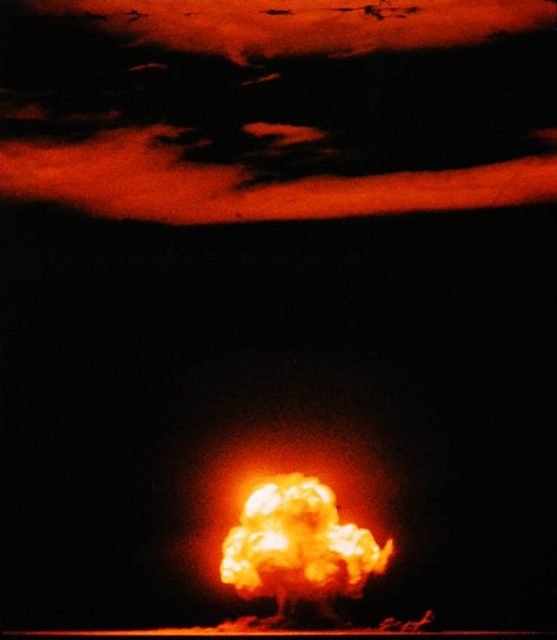
One of the significant contributors to the Soviet program was Baron Manfred von Ardenne. He was a talented scientist credited with many inventions and 600 patents to his name, including the first high-resolution scanning electron microscope. During the war, he developed the first broadband amplifier and created a stable radio system in Germany.
Because he lived in what became the Russian Occupied Zone, he realized that he and many of his compatriots would have to work for the Soviets. Accordingly, he placed a sign that said “Dobro pojalovat!” (“Welcome!”) outside his mansion near Berlin.
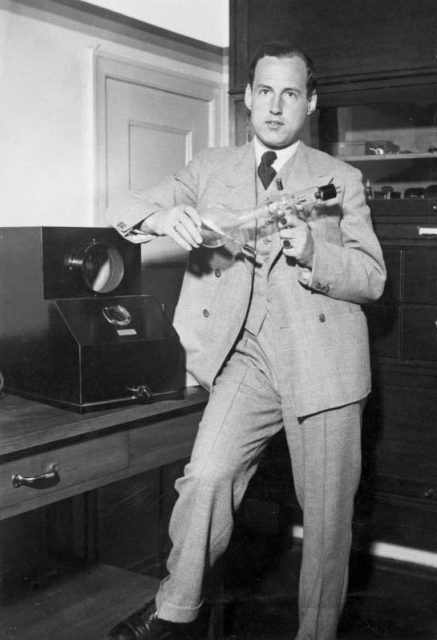
After the Soviet occupation of Berlin, Lavrenty Beria, the director of the USSR’s atomic program, insisted that von Ardenne stop his work in the field of electronics and concentrate on the nuclear program. Rather than work on the bomb itself, von Ardenne managed to persuade Lavrenty to allow him to work instead on the process of separating the isotopes, such as uranium-235.
He did this in a new workshop located in Sukhumi, now known as Abkhazia, on the east coast of the Black Sea, with a staff of over 100 people allocated to him.
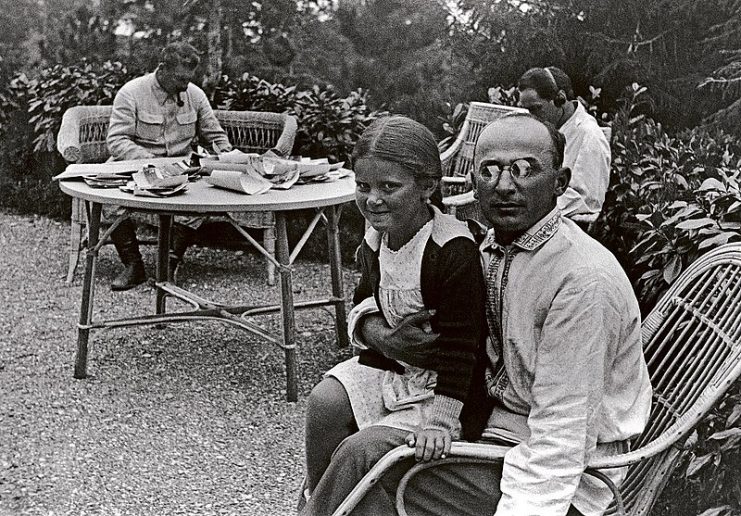
Von Ardenne was very successful in his program and was awarded the Stalin Prize in 1947. He was awarded the Stalin Prize (first class) in 1953. In 1955, he returned to East Germany, where he continued working in the fields of physics and medicine.
In addition to von Ardenne, other German scientists who were pressed into service to the Soviet Union were the Nobel Prize-winning physicist Gustav Hertz; physicist Max Volmer, who went on to lead the East German Academy of Science; and Max Steenbeck, who undertook important research into supercritical centrifuges. Altogether, over 300 German scientists were recruited to work for the USSR.
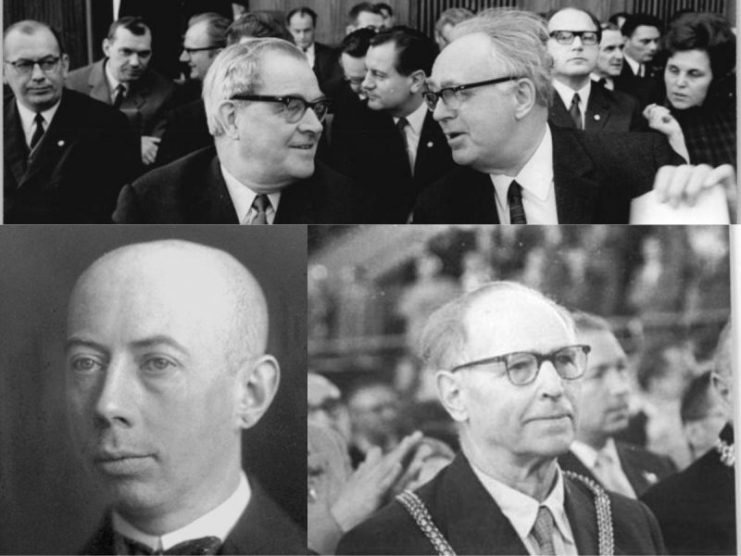
One of the other scientists at the end of WWII was Nikolaus Riehl, who was born in St Petersburg, Russia in 1901. In the 1920’s he moved to Germany, only to be relocated back to Russia 20 years later.
He had been pursued by both the Americans and the Soviets, and because the Soviets caught up to him first, he was sent to the Elektrostal factory near Moscow where he and his team created uranium for the atomic bomb.
He was awarded the title ‘Hero of Socialist Labor’ for his work, and was the only German to receive this honor. He gave the money that he received with his medal to the German prisoners of war that were forced to work in the factory.
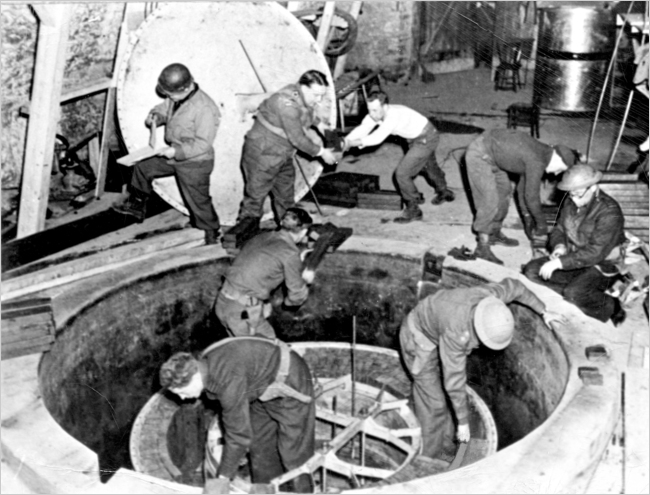
By the time 1949 rolled around the Soviets had their atomic bomb and by 1950, the work of the German scientists was complete, so they returned to East Germany. Many scientists, including Riehl, managed to defect to the West.
In this day and age, it is common for countries to compete for the services of highly educated and skilled scientists. No state has all the skills that it needs, and while the chase for the German scientists was unusual due to the end of the war, highly sought-after skills are still headhunted today.
